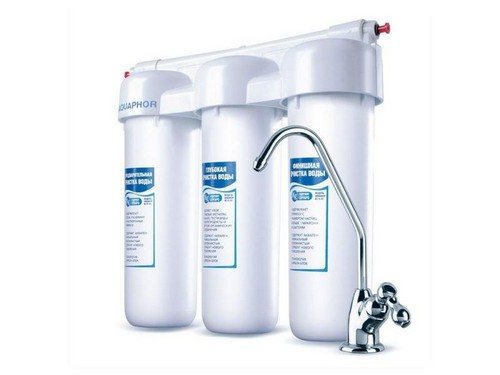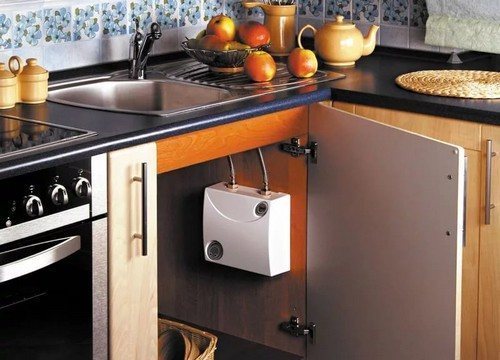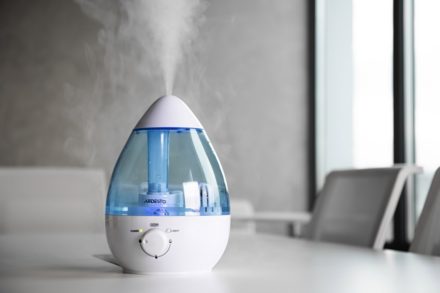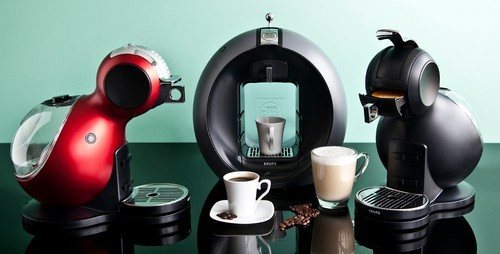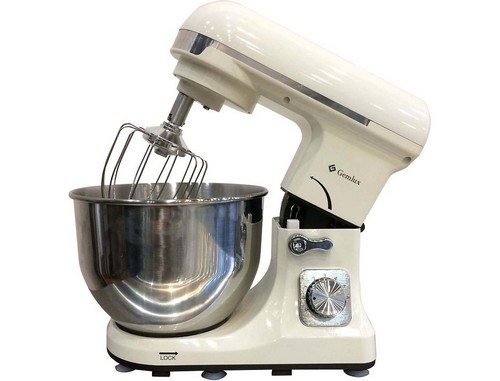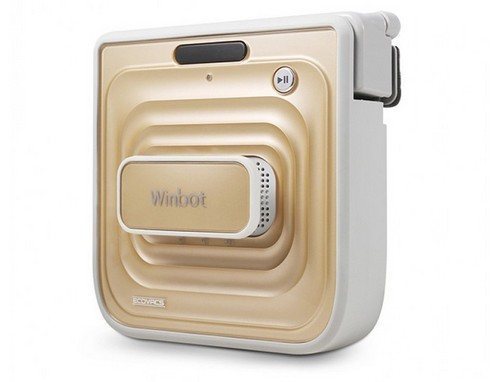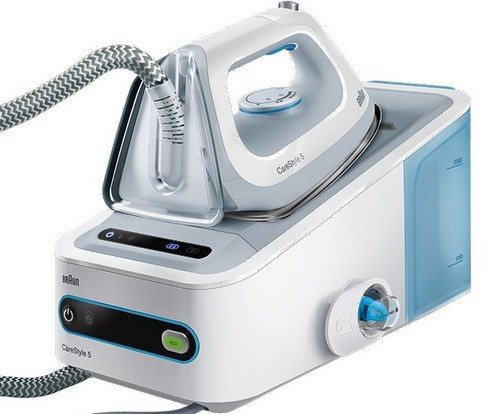A dehumidifier is necessary to maintain humidity levels within optimal limits. According to their purpose, they are divided into industrial and household. There are also mobile dehumidifiers suitable for use in apartments, utility rooms, workshops, small swimming pools, bathhouses and other public places.
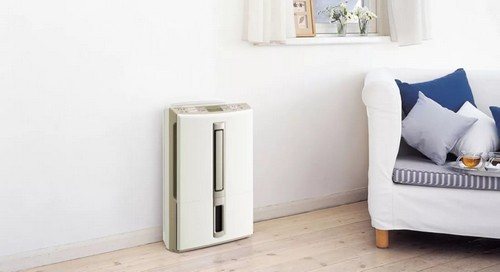
Operating principle of the main types of air dryers
Household appliances of this type can be grouped by efficiency, power, noise and other parameters. All dehumidifiers, without exception, can be very clearly divided into three main groups according to their operating principle. The actions of these three types are based on the following phenomena:
- adsorption,
- assimilation,
- condensation
Each of these groups also has its own varieties. First, you need to understand the general properties of each type.
Adsorption
Adsorption materials contain substances that can absorb moisture. The most common substance that absorbs vapor quickly and in large quantities is silica gel. Manufacturers of shoes, household appliances, and electronics, taking care of the safety of their goods, often add small bags of bulk product to the packaging.
In machines that dry out space, such powders play the role of vapor traps. The air passes through this substance, leaving moisture, and, dried, returns to the room. This design entails the need to get rid of accumulated liquid, otherwise its excess can cause breakdown.
There are two ways - the usual replacement of the filler, or a rotor that constantly rotates the container with the sorbent. Most of the powder concentrates water droplets, and from a smaller part the moisture is driven into the atmosphere by a stream of hot air. The operation of a device of this type is effective at low temperatures - down to minus ten degrees.
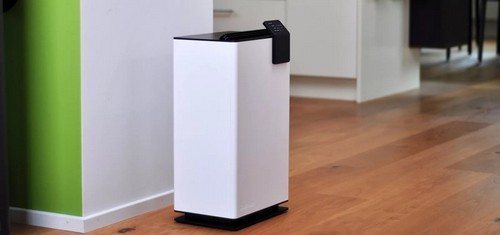
Condensation
The principle of condensation consists in cooling moist air, during which particles of steam become non-volatile, remain in a special water collector, or are discharged outside through a special drainage pipe, and dry air is returned to the room. The performance of such a machine is maximum at an average outside temperature above 15 degrees.
Cooling can be achieved in two ways. One of them is compression, reminiscent of the action of an air conditioner or refrigerator. This design consists of a compressor, a heat exchanger and an evaporator. A special substance called refrigerant, passing through the compressor, is compressed, then heat exchange occurs, after which condensation is formed. Then everything follows the script - dry air into the room, moisture into the water collector.
The second cooling method is based on the thermoelectric property of semiconductors, called the Peltier effect. Electric current, passing through the junction of two dissimilar conductors, overcomes a kind of obstacle, which entails thermal exchange. Compared to compressor dryers, these dryers are quieter but less efficient.
Assimilation
Assimilation is a kind of “distillation” of air from a room and back.At the same time, the air, especially from frost, must be warmed up so that the opposite effect does not occur.
Estimation of air humidity without a device
Before you make an expensive purchase, you should determine whether the apartment is really damp. If there are obvious signs - mold, musty smell, bubbles on the wallpaper - you definitely need a device. Experts say that the optimal humidity level for residential premises ranges from 50 to 60 percent.
To detect high humidity, you can take a glass container, for example, a shot glass, fill it with water, which should cool in the refrigerator to about 5-6 degrees. The stack should then be placed in the middle of the room to be tested, but away from radiators and other heaters. A five-minute observation will give an accurate estimate of the humidity in the room. Condensation that quickly evaporates from the walls of the glass will indicate the need to purchase a humidifier rather than a dehumidifier. Foggy glass will indicate ideal performance. Streams flowing down the walls of the “humidity indicator” and a puddle under it are an alarming signal about existing dampness.
Important aspects of selection
The main parameter when choosing a dehumidifier for an apartment should be its performance, or more precisely, how much liquid the device eliminates per day. It should be noted that the most powerful is not the most suitable. Low humidity is no less harmful to health than dampness. The performance of a drying machine required for a specific apartment is calculated using a complex formula, taking into account area, humidity and other indicators. To do this, you need to consult a specialist.
The effectiveness of an operation is determined not only by productivity, but also by throughput. The instructions contain such an indicator as air exchange, it is measured by cubic meters of product passing through the dehumidifier per hour. This figure should be approximately 3-4 times greater than the volume of housing to be drained.
Next, you should decide on the energy costs that the family budget can afford. Modern developers have done their best from this point of view - there is a wide selection of quite effective and at the same time economical models on sale. They cost more than usual, but the monthly energy savings quickly pay for the overpayment. Cooling and assimilating dehumidifiers are considered the most energy-consuming, since air that has been cooled or supplied from the street must be heated before entering the room. Adsorption moisture collectors are budget-friendly, but they require costs for sorbents or rotor operation.
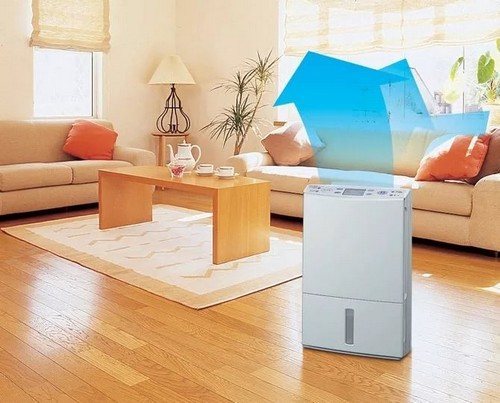
Energy supervision imposes special requirements for electrical safety. You must be prepared to replace the wiring and install additional protective equipment that automatically triggers in the event of a short circuit or power surges.
Pay attention to the temperatures at which the dehumidifier will be used. In cold rooms - basements, attics, outbuildings, it should be an adsorption dehumidifier; if living rooms are to be dried - a compression one.
Taking into account the selection of a dehumidifier specifically for residential premises, the strength of the sound it produces plays an important role. This indicator for the device should not exceed 46 dB.
The size of the reservoir is important when the humidity is very high, and there is sorely not enough time to empty it.Here the function of turning off the unit when the container is filled to a certain level can come to the rescue. There is no need for it if a drainage system rather than a storage system is installed.
Additional features of modern dehumidifiers
The presence of a hygrostat that can automatically turn the dehumidifier on and off depending on the degree of humidity ensures that it is maintained at the required level. A removable filter with regular washing will extend the life of the dryer. An ionizer, ultraviolet lamp, and carbon filters built into some of the latest models will help improve the quality of life.
Mobile dehumidifiers are a topic for another discussion
It is especially important to note the advantages of mobile dehumidifiers.
- Easy to use - does not require preliminary installation work. All you have to do is plug it in.
- Easy to move from one apartment to another.
- Most mobile dehumidifiers come with wheels.
- Indispensable when carrying out repair work, accompanied by the release of large amounts of moisture, requiring quick removal.


